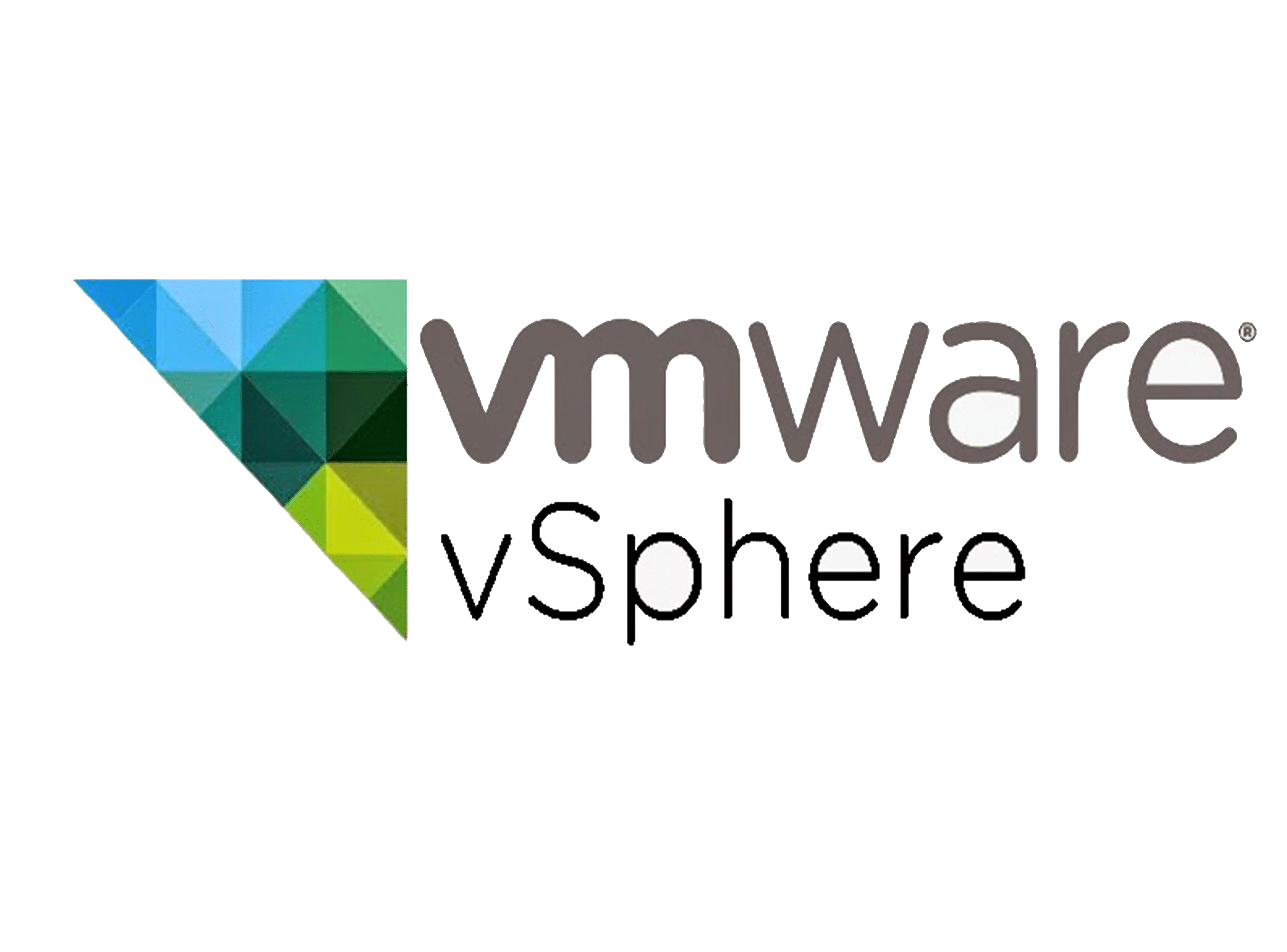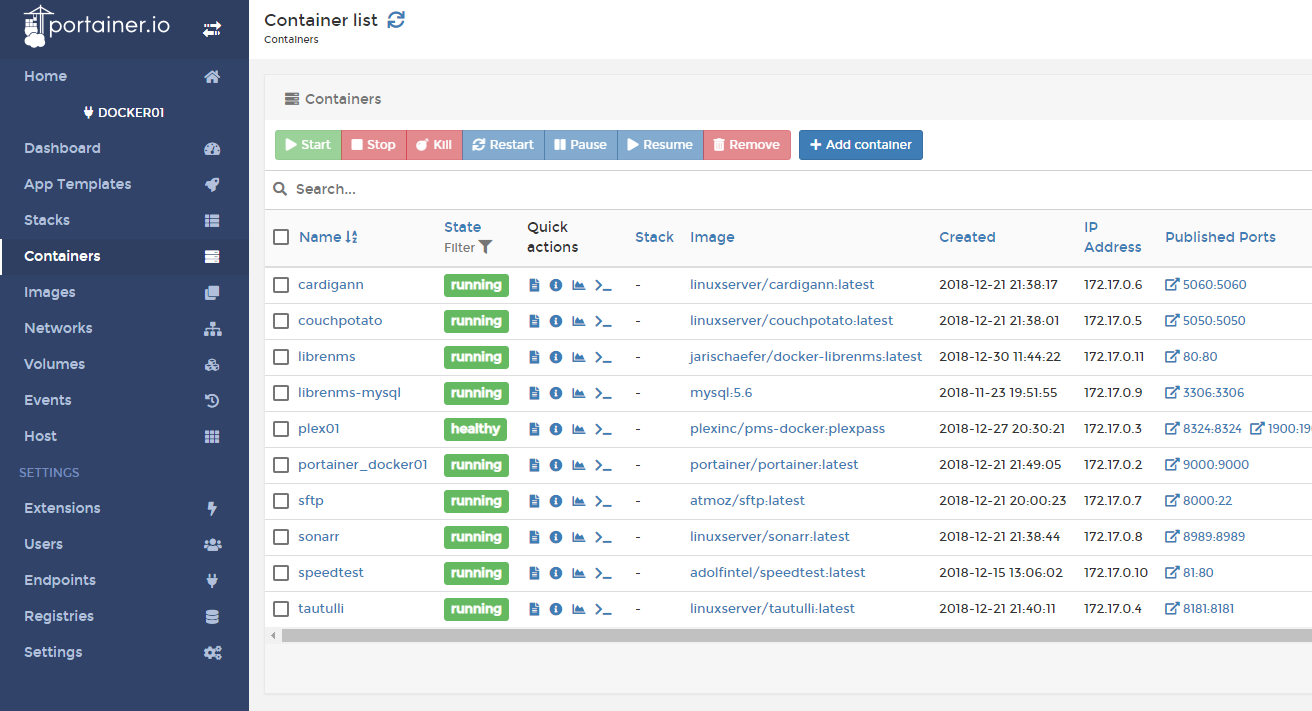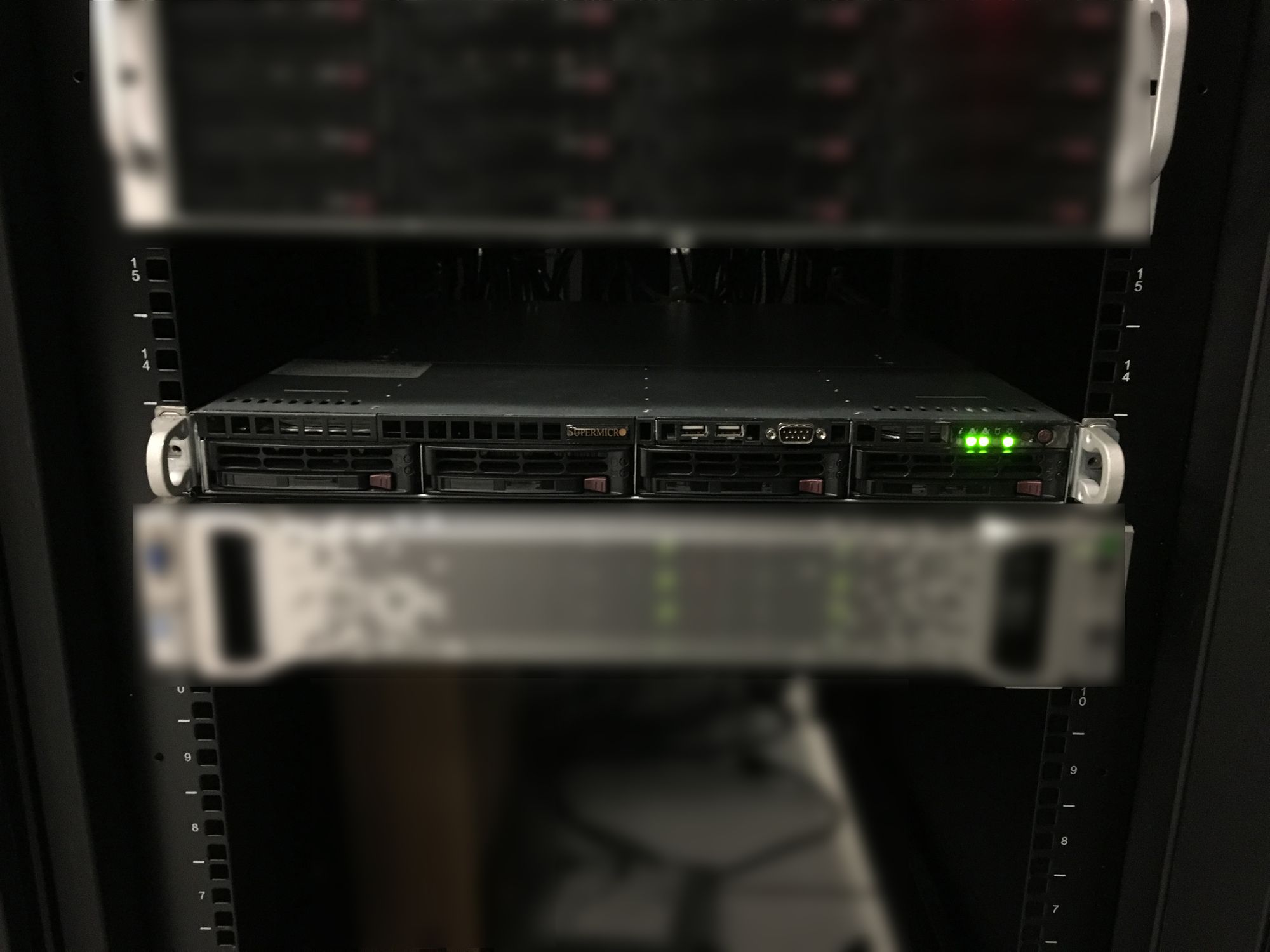What Virtual Machines Am I Running?

Almost all of the servers in my homelab run inside virtual machines, here are all of them (Subject to change, very quickly...)
Everything runs under ESXi 6.7 and is managed by vCenter Server 6.7 via the appliance. I have two ESXi hosts, one at home and one which is colocated
ESXi1 - Home

Lets start off with the specs, since its quite important being a hypervisor
2x Intel Xeon E5-2680 V2 2.8GHz (10 Cores with Hyperthreading Each)
Supermicro X9DRW-CTF31 Motherboard
BPN-SAS2-826EL1 Backplane
8 x 16GB PC3-12800R (128GB Total)
Micron 9100 PRO 3.2TB PCIe NVMe SSD (PCIe 3.0 4x)
SuperChassis 826BA-R1K28WB
2 x Supermicro 1280W Platinum PSU's (PWS-1K28P-SQ)
3 x 80mm PWM (FAN-0126L4)
Lamptron CP436 Fan Controller (36w Per Channel)
LSI 9207-8i HBA (PCIe 3.0 8x)
Mellanox Connectx-2 NIC - MNPA19-XTR (PCIe 2.0 8x)
HP 8GB Flash Drive (ESXi Boot)
I split my VM's into a few sections, first:
VDI Systems
First my "VDI" Virtual machines. These are virtual machines that are used over remote desktop for general utility. These are accessible over the internet from whitelisted IP's and use Duo for 2FA login
- MyName-VM and MyWifesName-VM - Windows 10 Enterprise
Both of these virtual machines run Windows 10 Enterprise and have 8vCPU's each, 8GB of RAM, 80GB of thin vDisk and access to the main VLAN via the VMXNET3 network adapter to get 10G+ speeds to the rest of the network. These virtual machines are replicated nightly to my colocated server using Veeam. This lets me continue what I was doing even if I can't access my home for some reason (Internet/power outage, etc)
"Production" Systems
These are my "home production" machines, essentially machines which really need to be on 24/7.
- BK01 - Windows Server 2016 Standard
This virtual machine has 4 vCPU's, 4GB of RAM and 60GB disk and access to the main VLAN via VMXNET3. Its main function is running Veeam Backup and Replication, but it also handles some Powershell/Robocopy replication scheduled tasks and any other small backup related utilities that need Windows
- Docker01 - Debian 9.6
(See more information about what I am running in Docker here)
This is first of 4 Docker hosts, and can be read about in detail above. It has 16 vCPU's, 8GB of RAM and 100GB vDisk and access to the main VLAN via VMXNET3. It runs MANY different containers for my home

- Docker02 - Debian 9.6
This is the second Docker host, and it runs over the PIA VPN Gateway on my firewall so I have more privacy. It has 8vCPU's, 4GB of RAM and 30GB vDisk and access to the main VLAN via VMXNET3
- PowerChute - CentOS 7
This is the appliance provided by APC to shut down my ESXi host from the UPS. It really is a terrible appliance, and I am looking for a way to replace it. I gave it 1vCPU, 512MB of RAM and 10GB of vDisk
- NVR - Windows Server 2016 Standard
This virtual machine runs Blue Iris for my IP cams. Blue Iris is fantastic, and I wouldn't dream of switching. This VM does use quite a bit of CPU, especially when there is a lot of motion across my cameras.
I gave it 4vCPU's, 2GB of RAM and just 30GB of vDisk. I have found Windows Server 2016 can get away with a lot less disk than Server 2012 R2. It has access to the main VLAN as well as a Camera VLAN I just created.
- vCSA01 - VMware Photon vCenter Appliance
This is the virtual appliance for vCenter. Nothing much to say here since its not really anything special. Obviosly this uses a ton of RAM for no reason, just like vCenter should!
It gave itself vCPU's, 12GB of RAM and a mix of 13 different disks...
Lab Systems
Here is where I do a ton of testing just to learn
Windows Systems
I have plenty of Windows Server 2016 Standard VM's which function as a domain, and other misc things. They all have 2 vCPU's, 2GB RAM and 30GB vDisk. These all have access to VLAN 100 which is my LAB VLAN
- LABDC01 - Domain Controller
- LABDC02 - Domain Controller
- LABWSUS01 - WSUS Server
- LABDEPLY - MDT and WDS
- LABFS01 - File Server / Storage Spaces etc
- LABSQL - SQL Server
- LABTEMP - Random box for testing stuff
- LABC2, 3, 4, 5 and 6 - These all run Windows 10 Enterprise and are the domain members
VMware Systems
These function as my VMware lab. They were quite useful and helped me pass my VCP 6.5 cert I just got late last year. These have access to VLAN 200 for my VMware Lab
- ESXiLAB01 - Nested ESXi 6.5
- ESXiLAB02 - Nested ESXi 6.5
- ESXiLAB03 - Nested ESXi 6.5
- ESXiLAB04 - Nested ESXi 6.7
- ESXiLAB05 - Nested ESXi 6.7
- ESXiLAB06 - Nested ESXi 6.7
- VCLAB01 - vCenter Appliance 6.5
- VCLAB02 - vCenter Appliance 6.7
- LABSAN01 - Windows Server 2016 - This provides iSCSI storage to the nested ESXi VM's
Linux/Other Systems
These are more for testing than anything else, as I don't need to know much linux for my job. These all run on the main VLAN
- DockerTest1 - Debian running Docker for testing Docker
- DebianTest1 - Plain Debian 9.6 for testing Debian
- UbuntuTest1 - Ubuntu 18 for getting frustrated
- CentOStest1 - CentOS 7 for testing CentOS
- GNS3 - I still havn't actually played with it yet, but its supposed to be great for emulating network equipment
Test Systems
These are systems that are not "lab" related, but are more for just messing around
- NAS01-VM - This runs Synology DSM and is the testbed for all of my DSM virtual machine work.
- WS16-Test - This runs Windows Server 2016 and is just used for whatever I may need. Wireshark stuff, passthrough testing, you name it
Thats it for ESXi1, lets move to ESXi2 which is colocated. You can see everything in full detail on this post
ESXi2 - Colocated

The specs of this box aren't really anything special. But it does everything I need
Supermicro SYS-5017C-M Chassis
Supermicro 350w 80+ Gold PSU
Supermicro X9SCL-F Motherboard (Dual LAN, IPMI etc)
Intel Xeon E3-1270 V2 3.5GHz (4C/8T)
4 x 8GB DDR3 1600/1333 Unbuffered-ECC (32GB Total)
8GB Kingston USB 2.0 for booting ESXi
128GB Samsung SM951 NVMe M.2 SSD in a Holchips 1U M.2 NVMe Riser
1TB HP EX920 NVMe M.2 SSD in Generic PCIe to M.2 NVMe Supermicro RSC-RR1U-E8 Riser Card
A mix of 4TB 3.5" disks
VDI Systems
Here are the replicated systems above. Not much to say about them other than they are powered off clones of the two at home.
MyName-VM_DR and MyWifesName-VM_DR - Windows 10 Enterprise
"Production" Systems
These are the main VM's for this system
FW02 - pfSense 2.4.4
This is the firewall for this system. I has access to the physical nic which is the WAN network, and then the other port which is the LAN network.
Docker03 - Debian 9.6
This is the third Docker host. It has 4vCPU's, 4GB of RAM and 30GB vDisk and runs quite a few containers. See the Docker post to learn more
Docker03 - Debian 9.6
This is the fourth and final Docker host, it has just 2vCPU's, 4GB of RAM and a 40GB vDisk. Currently there is nothing here
BK02 - Windows Server 2016
This VM is similar to BK01, but it runs the Veeam Proxy, Arq 5 and Stablebit CloudDrive. Its again used for only backup tasks. It has 4 vCPU's, 4GB of RAM and 60GB vDisk which I will soon increase to 100GB to improve the performance of Stablebit CloudDrive
NAS02 - Synology DSM
This Synology DSM virtual machine can be read about in more detail in the colocation post above, but it manages all mass storage for the ESXi host and its VM's. It has 4 vCPU's, 4GB of RAM and a 50MB vDisk to run the bootloader. It also has the 6 Port SATA controller passed through to it. It has a a VMXNET3 and an E1000E adapter for compatibility
Test Systems
The only box here is:
Jump01 - Windows Server 2016
A while ago I wanted to play around with the idea of making a Jump box type server. I still havn't gotten around to actually doing it though...
The box has 1vCPU, 1GB of RAM and a 30GB disk
And thats it! Thats all the virtual machines, for now...